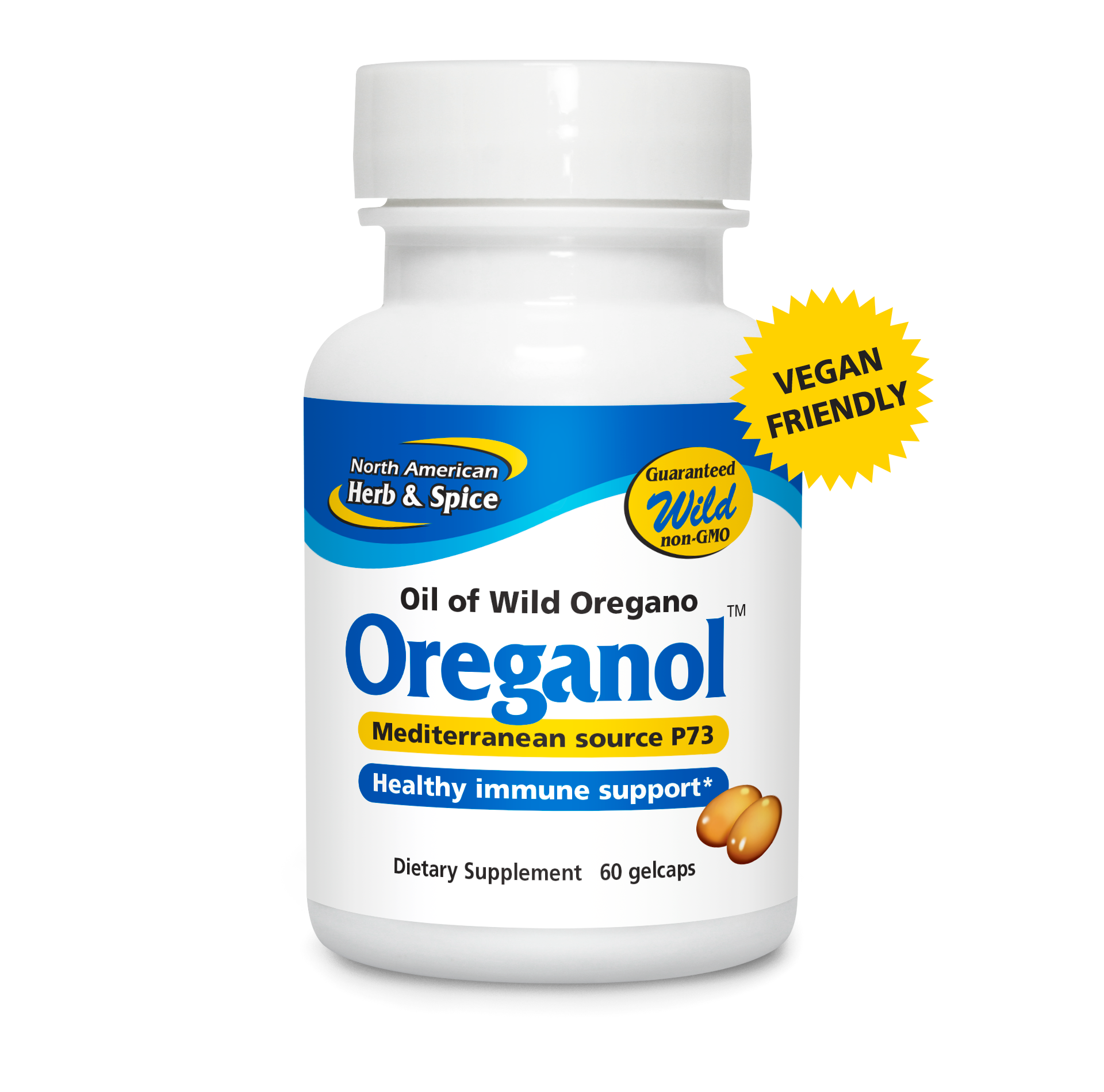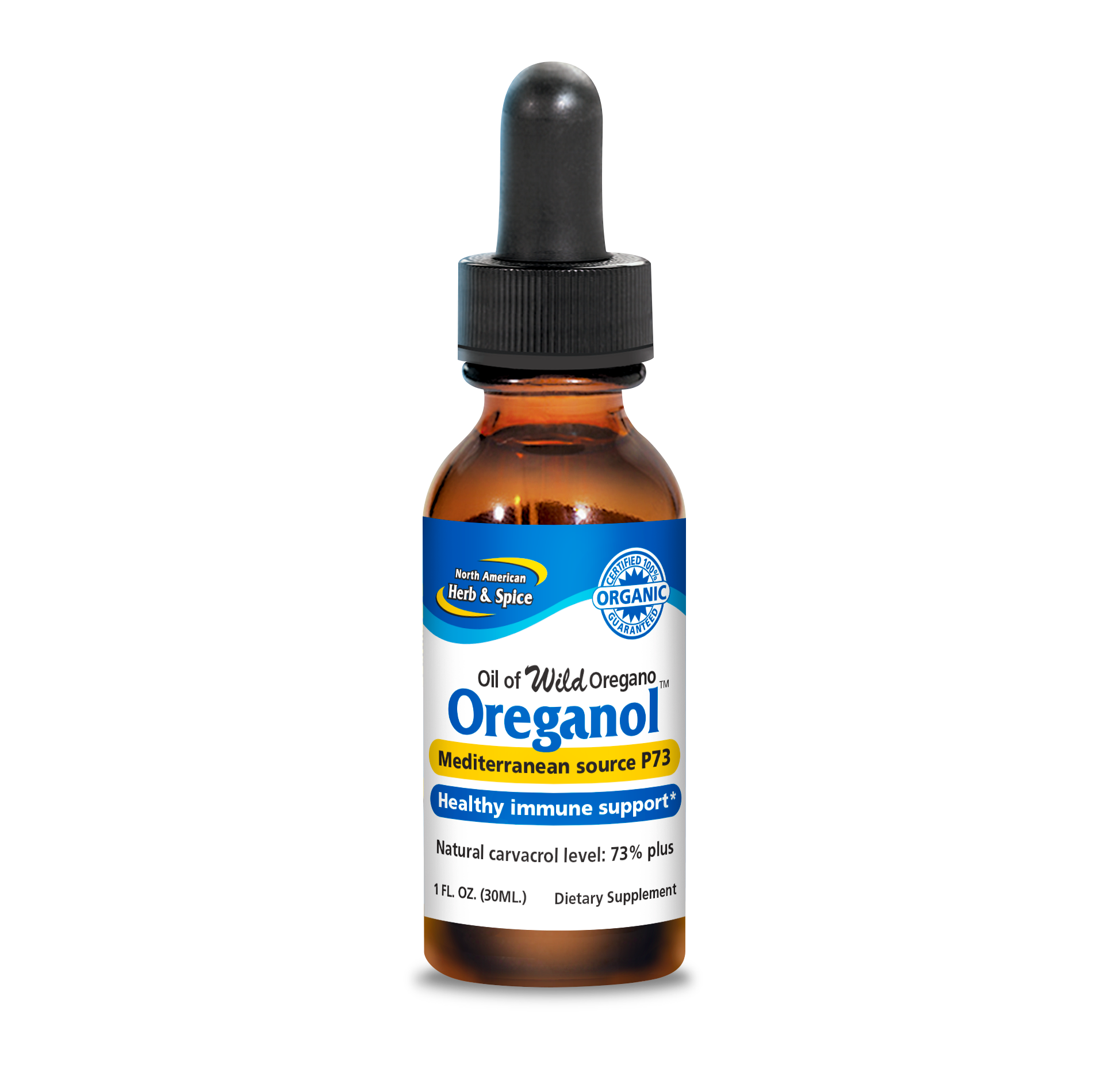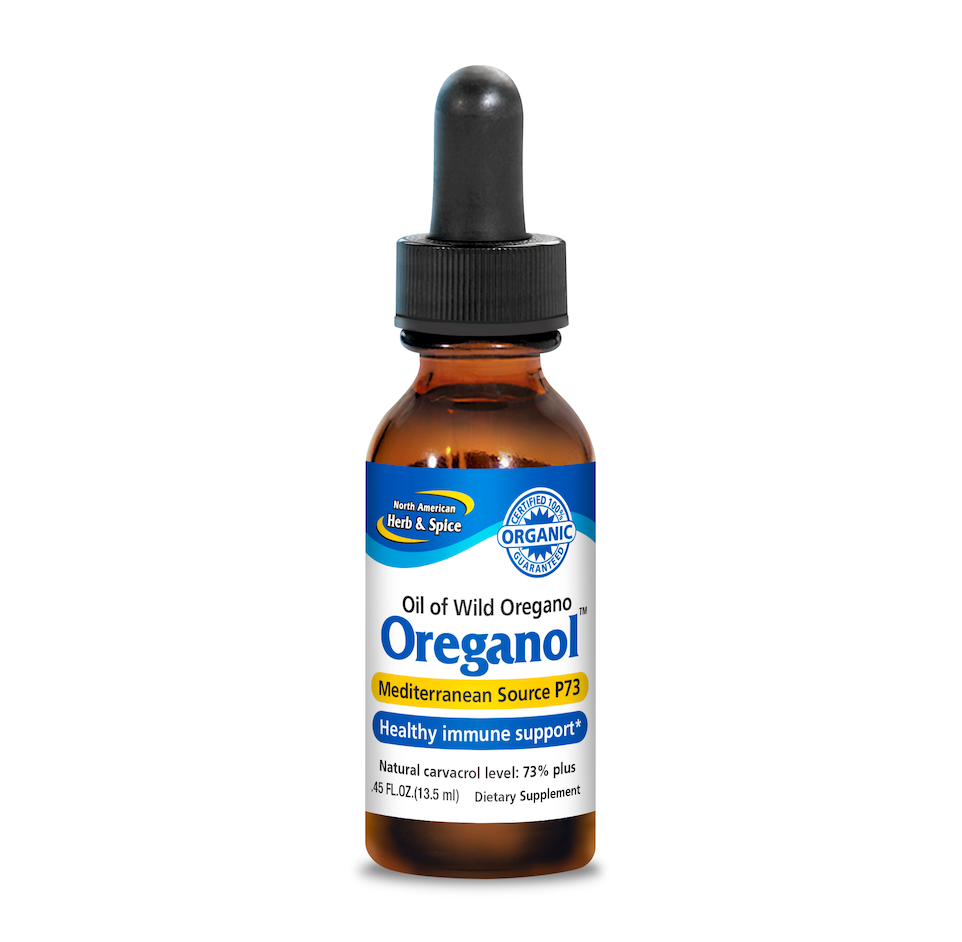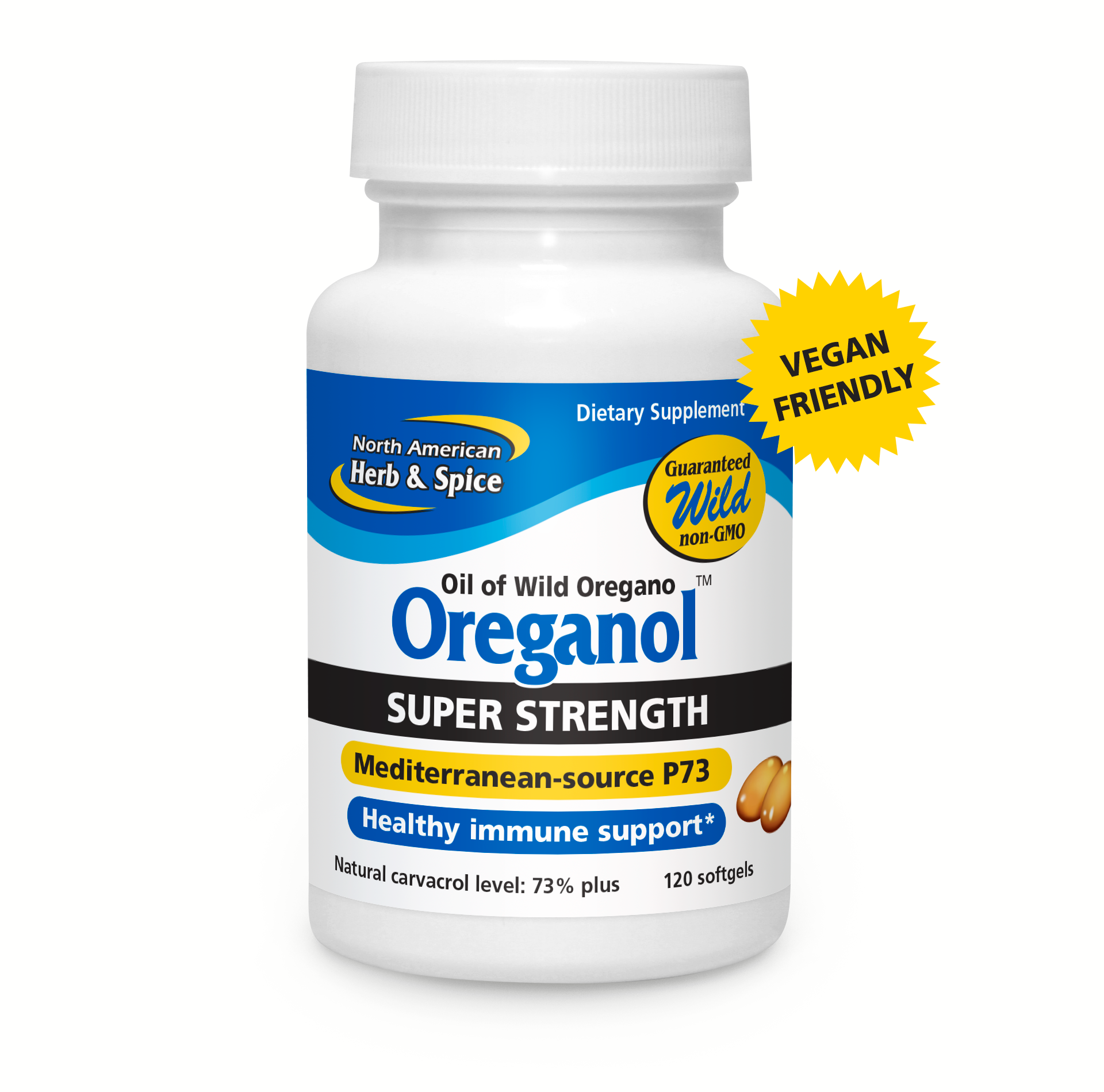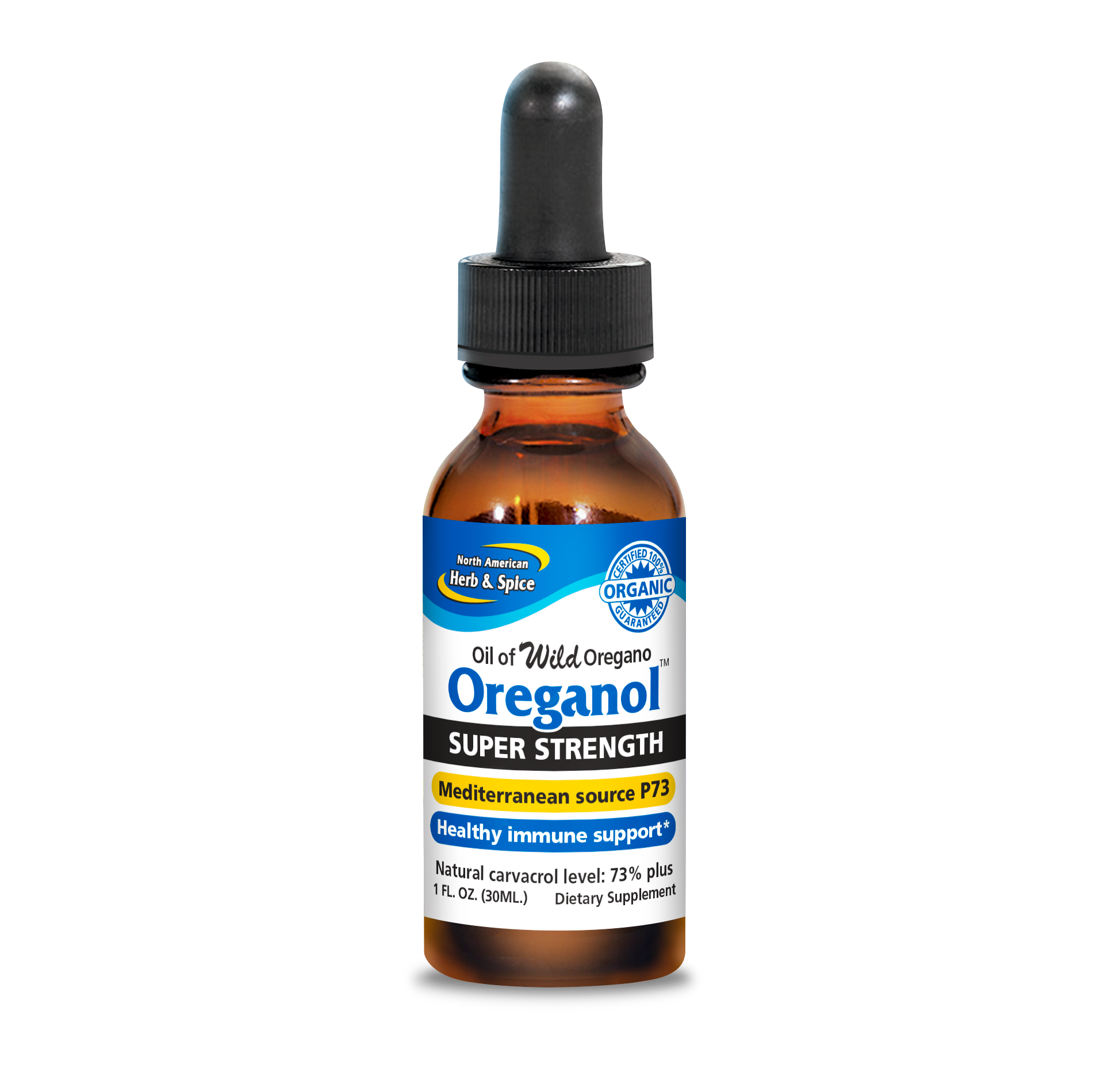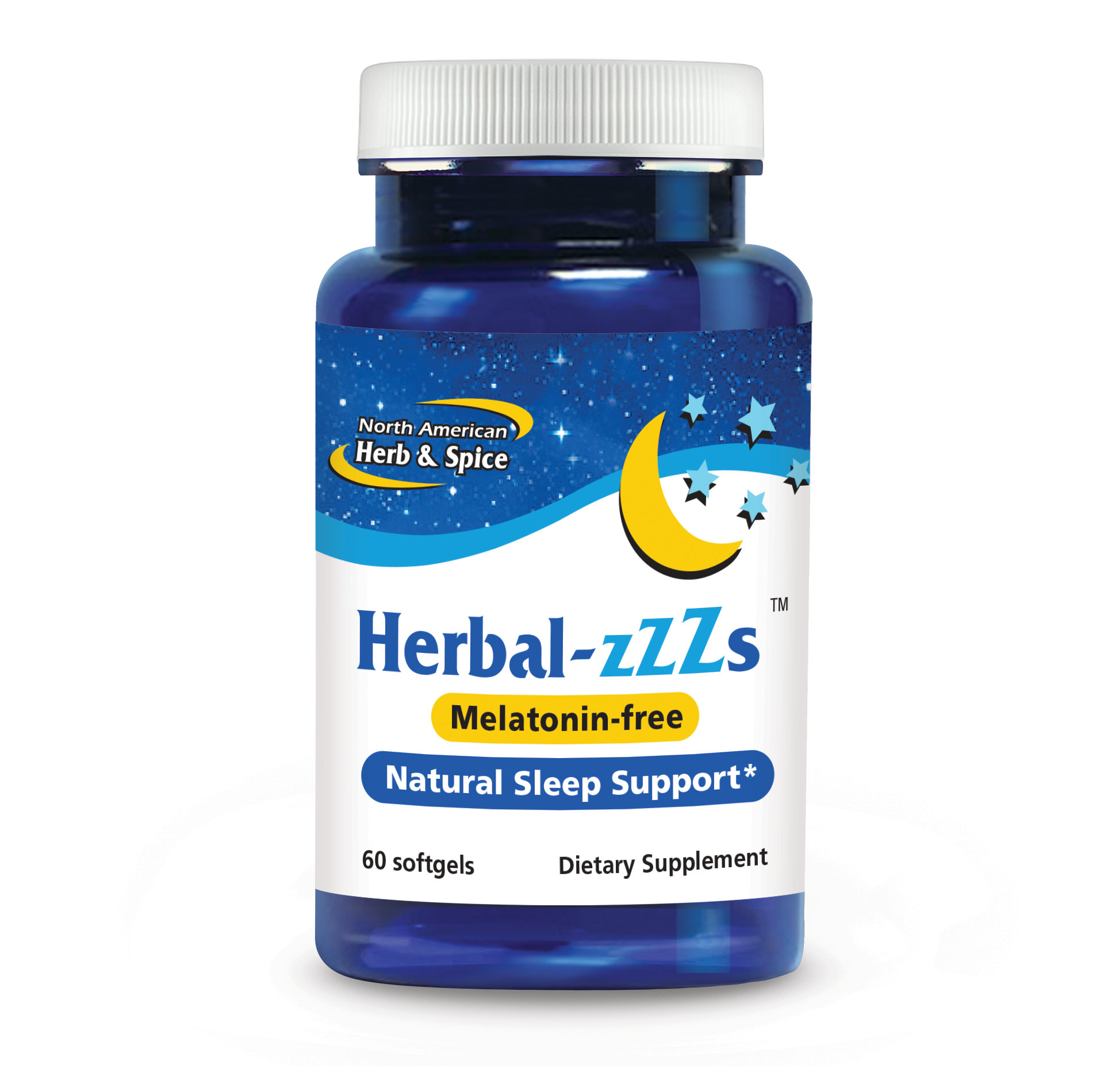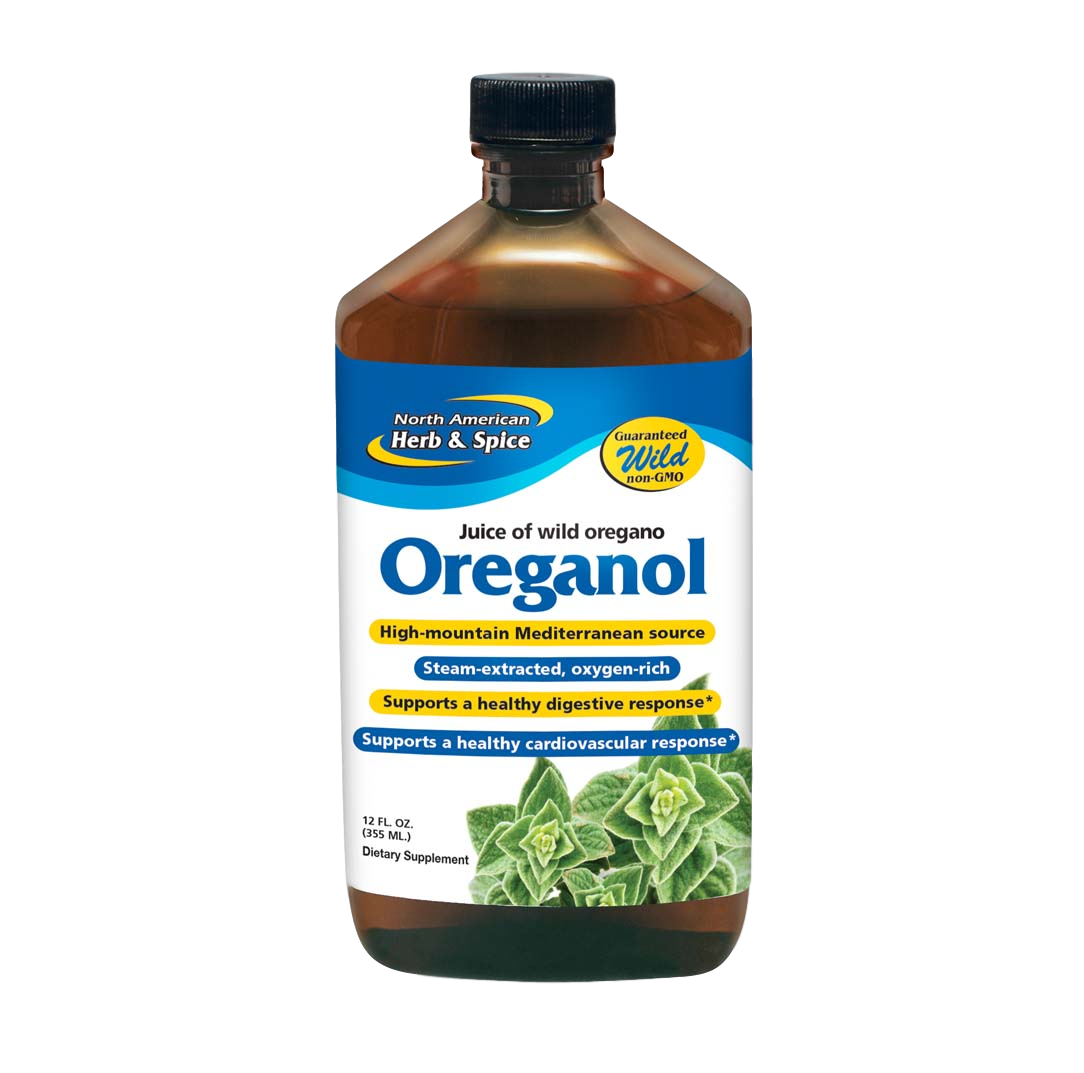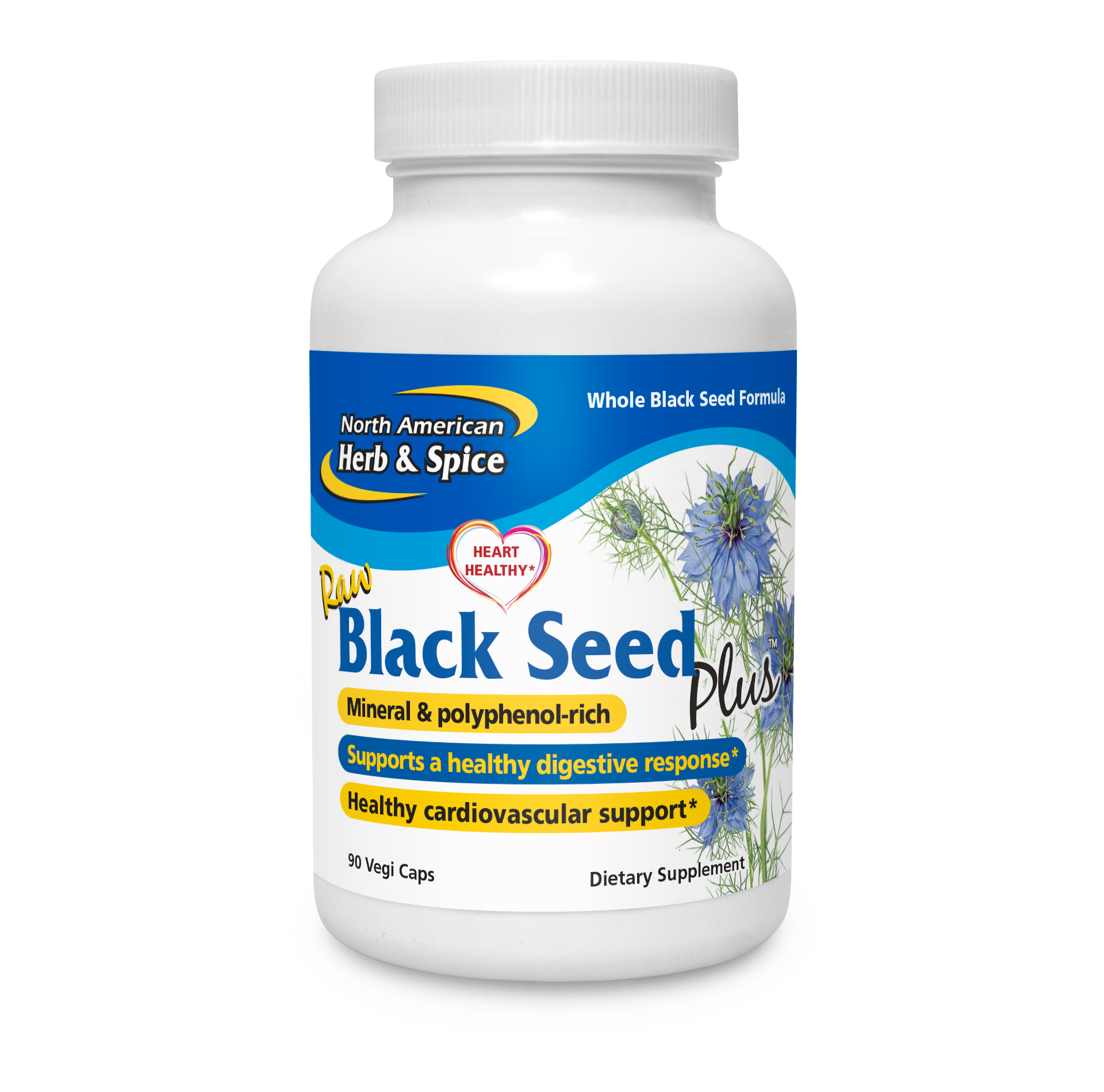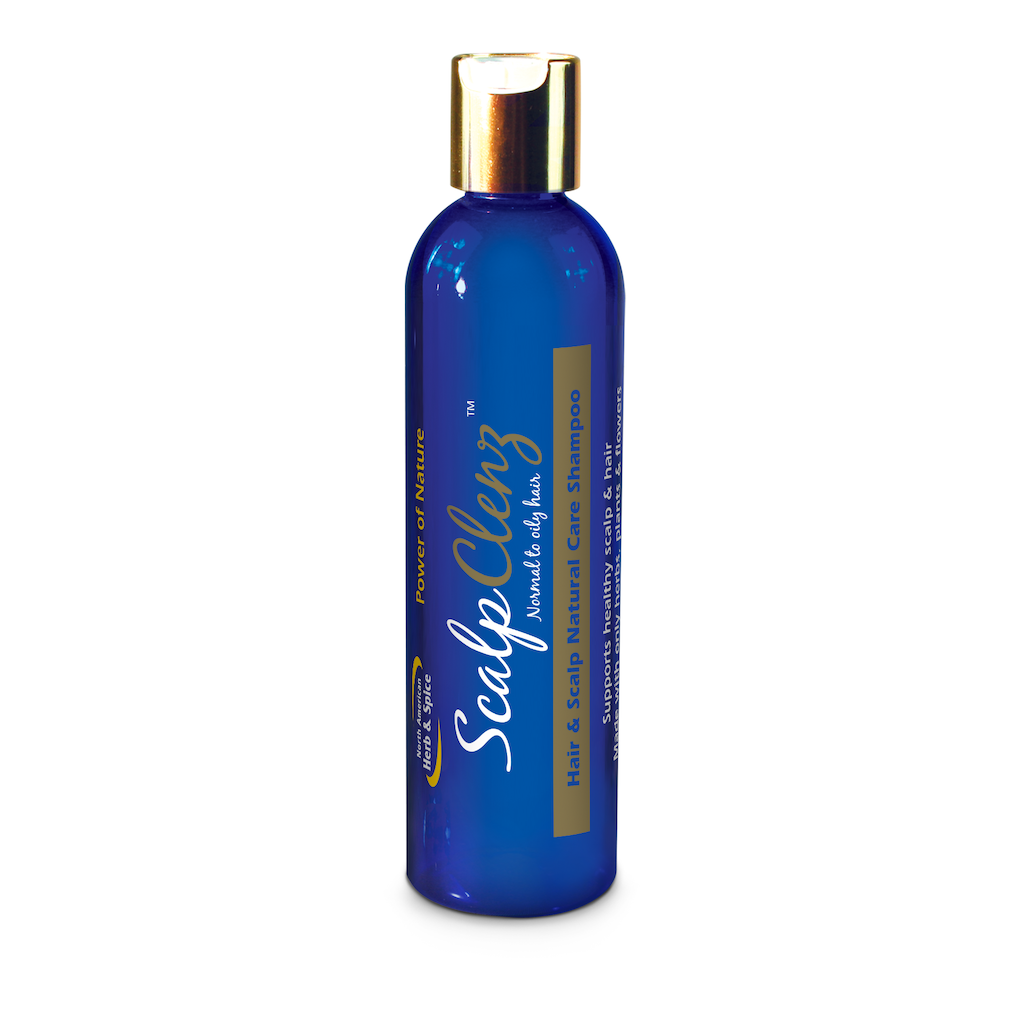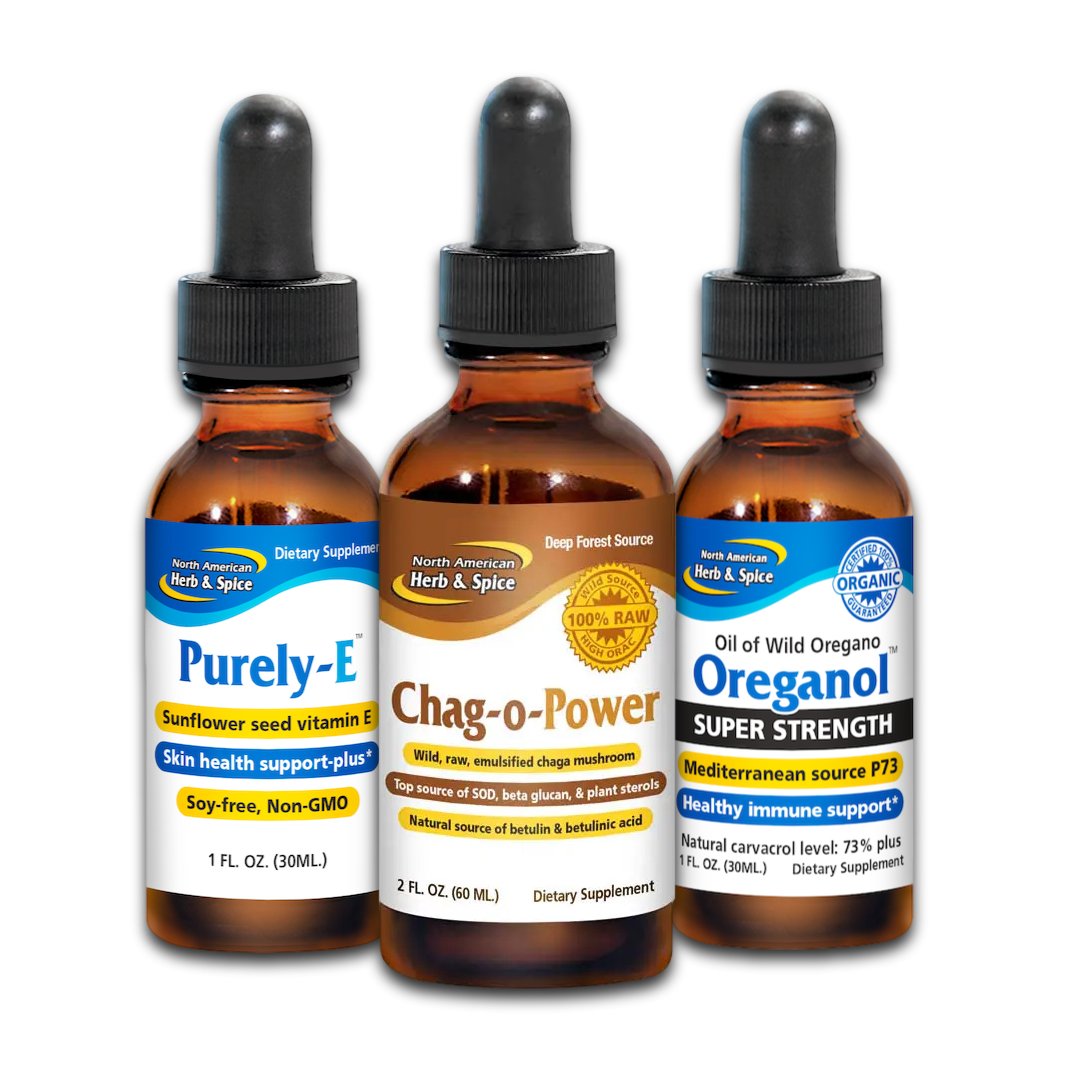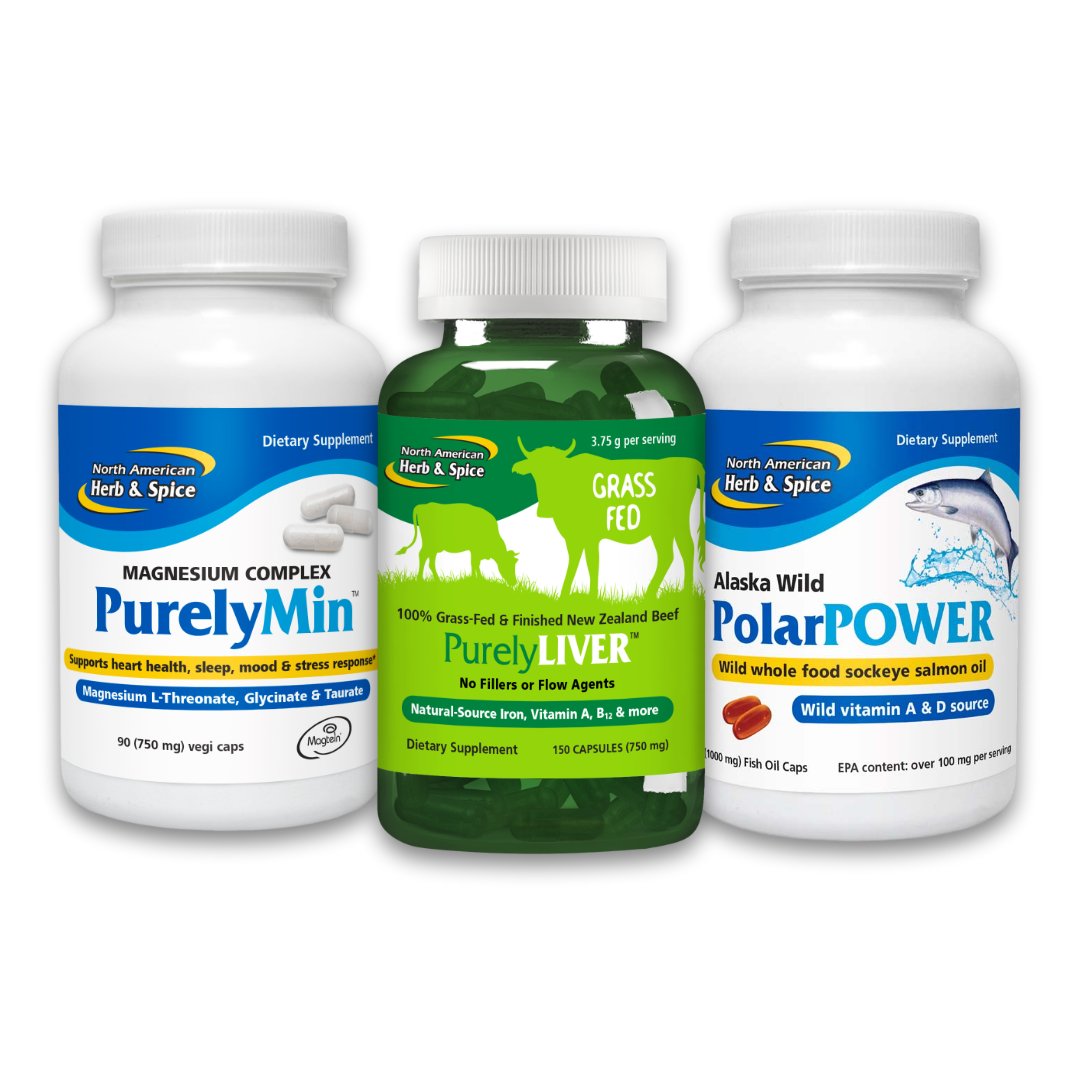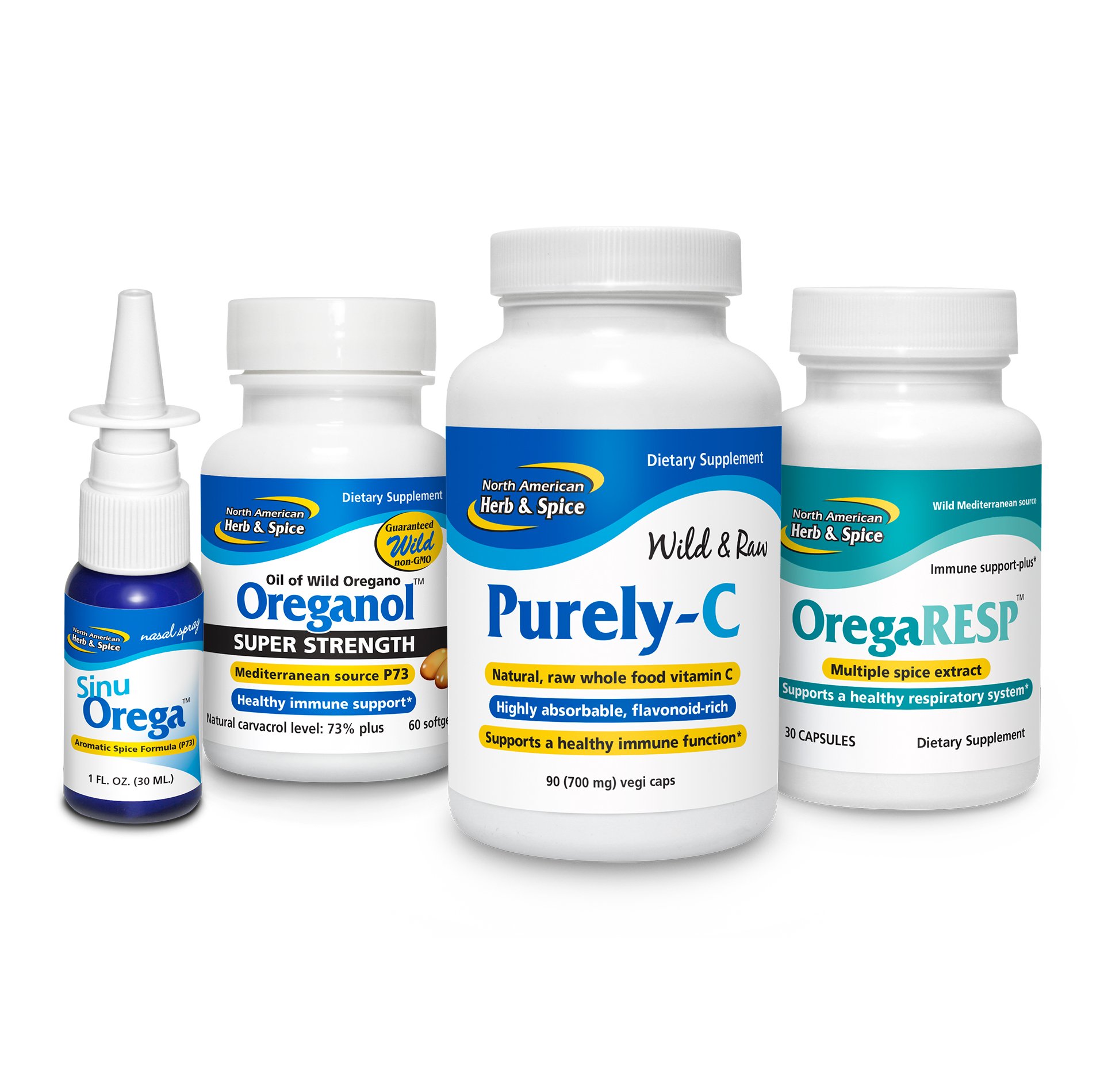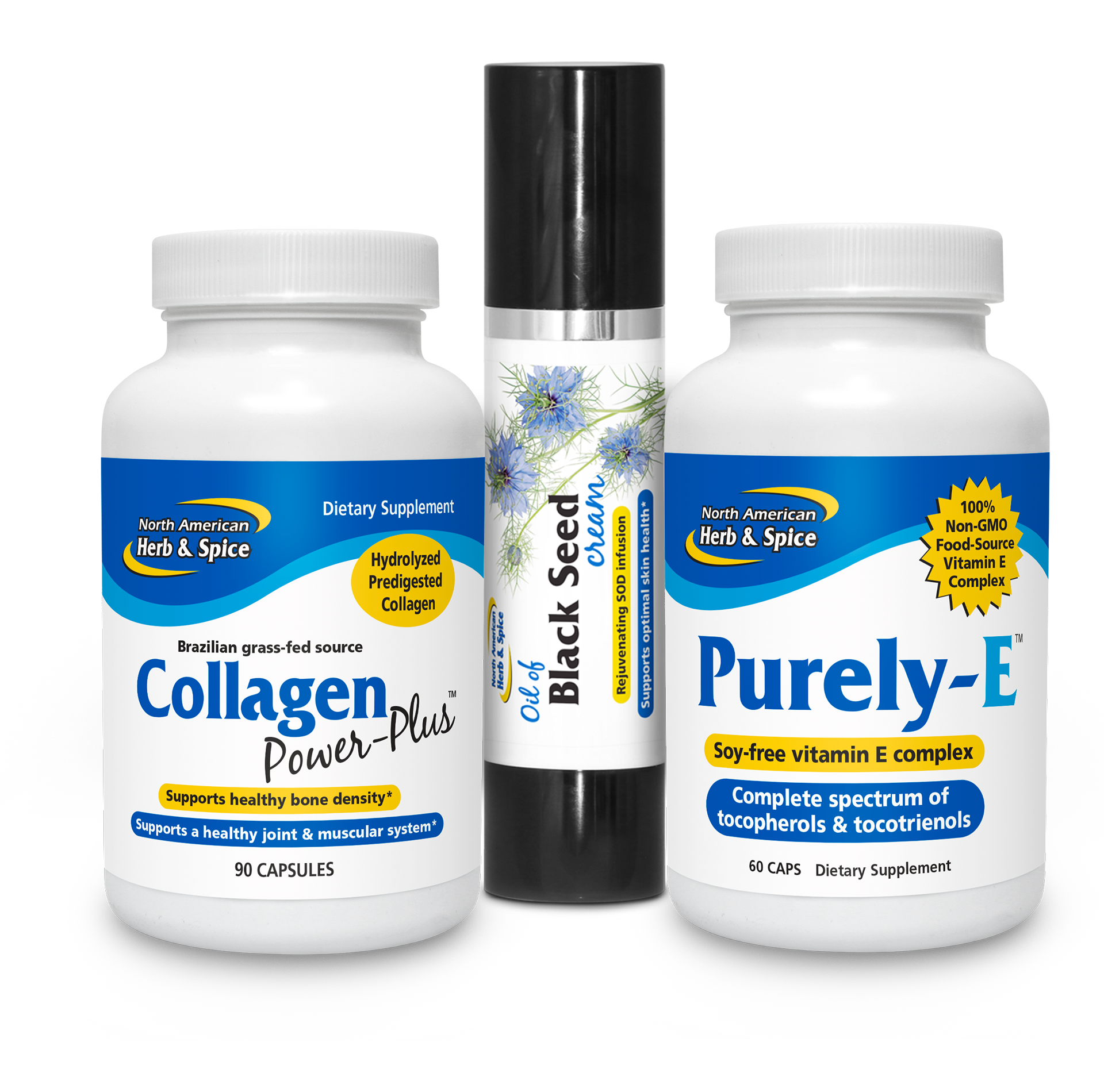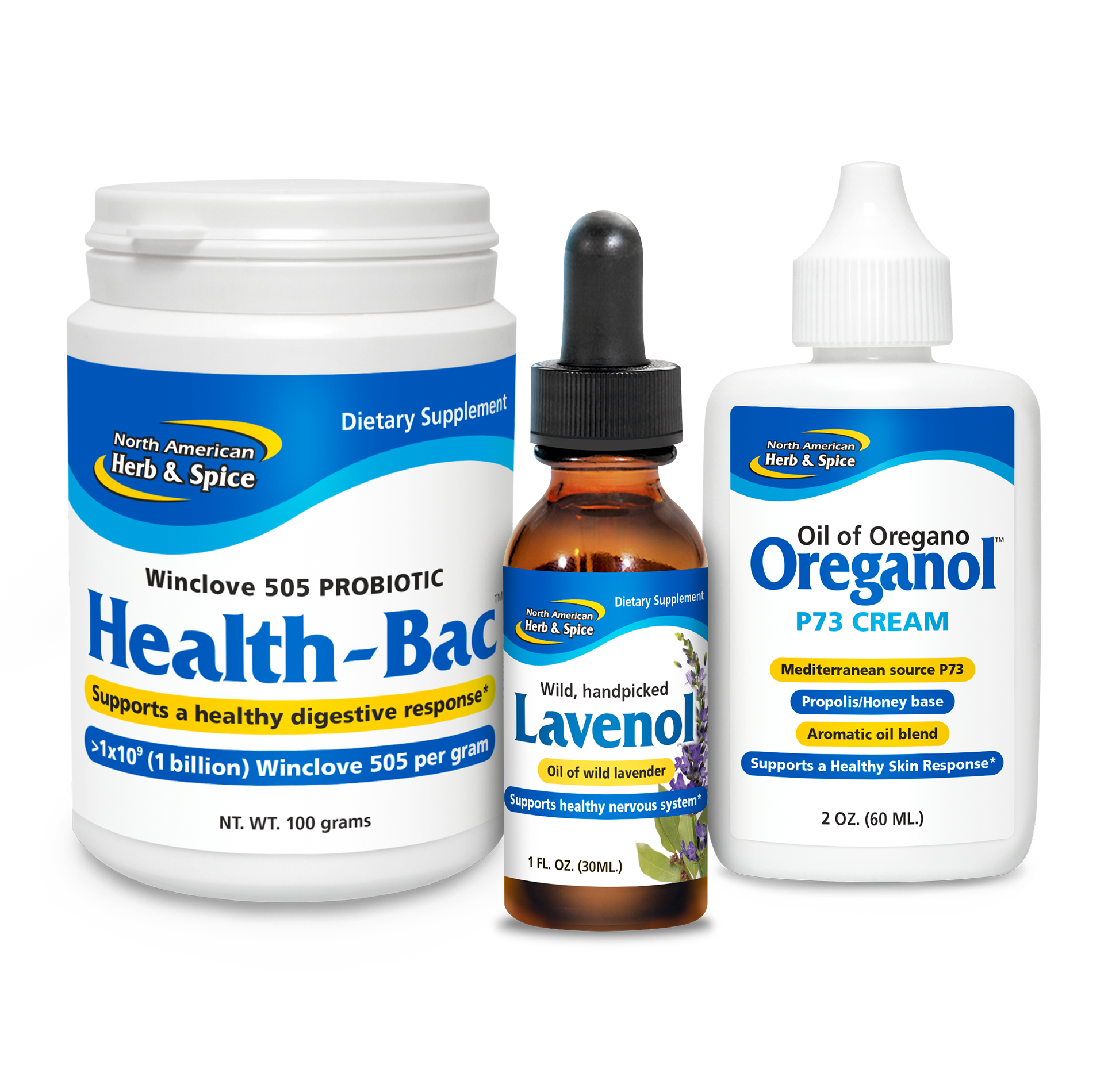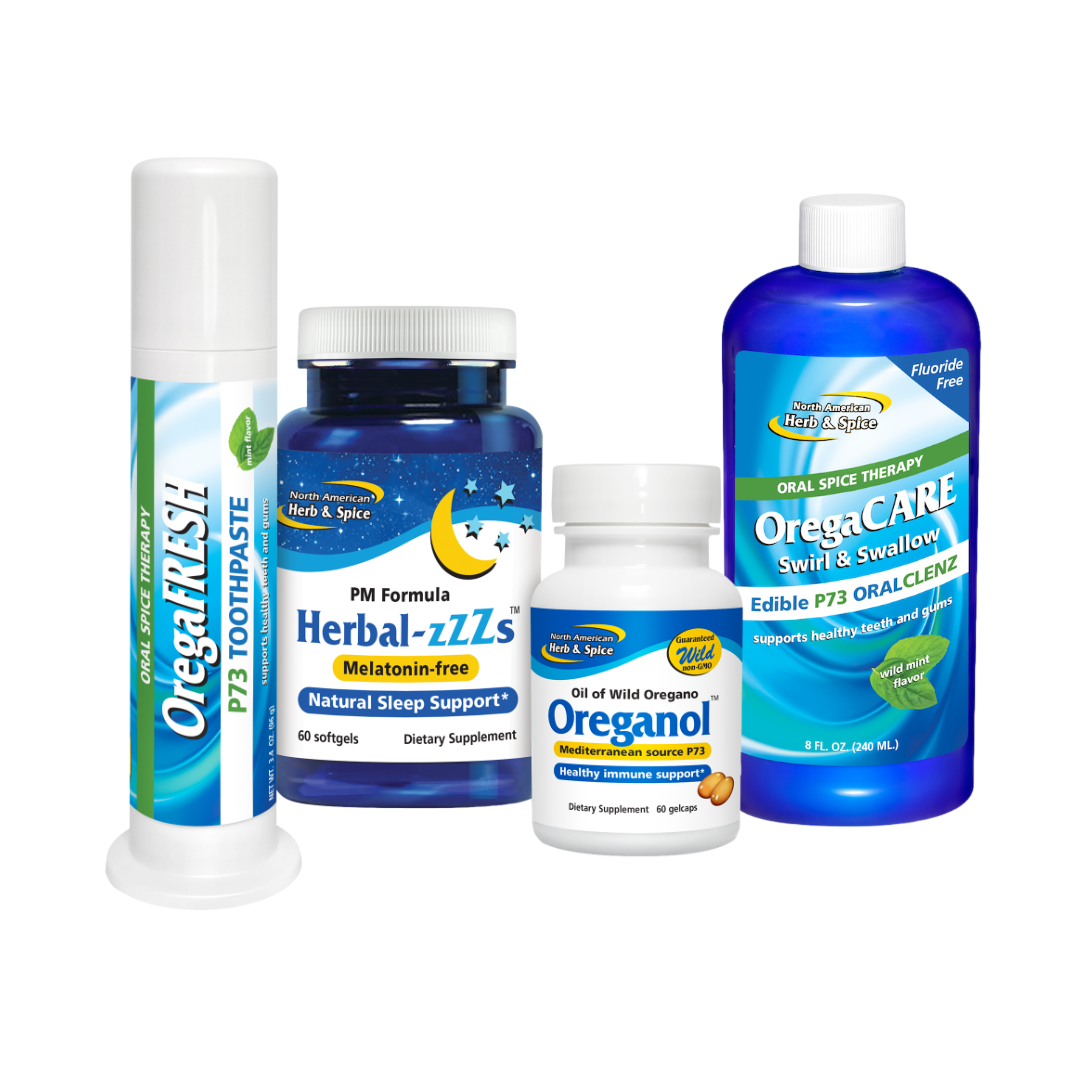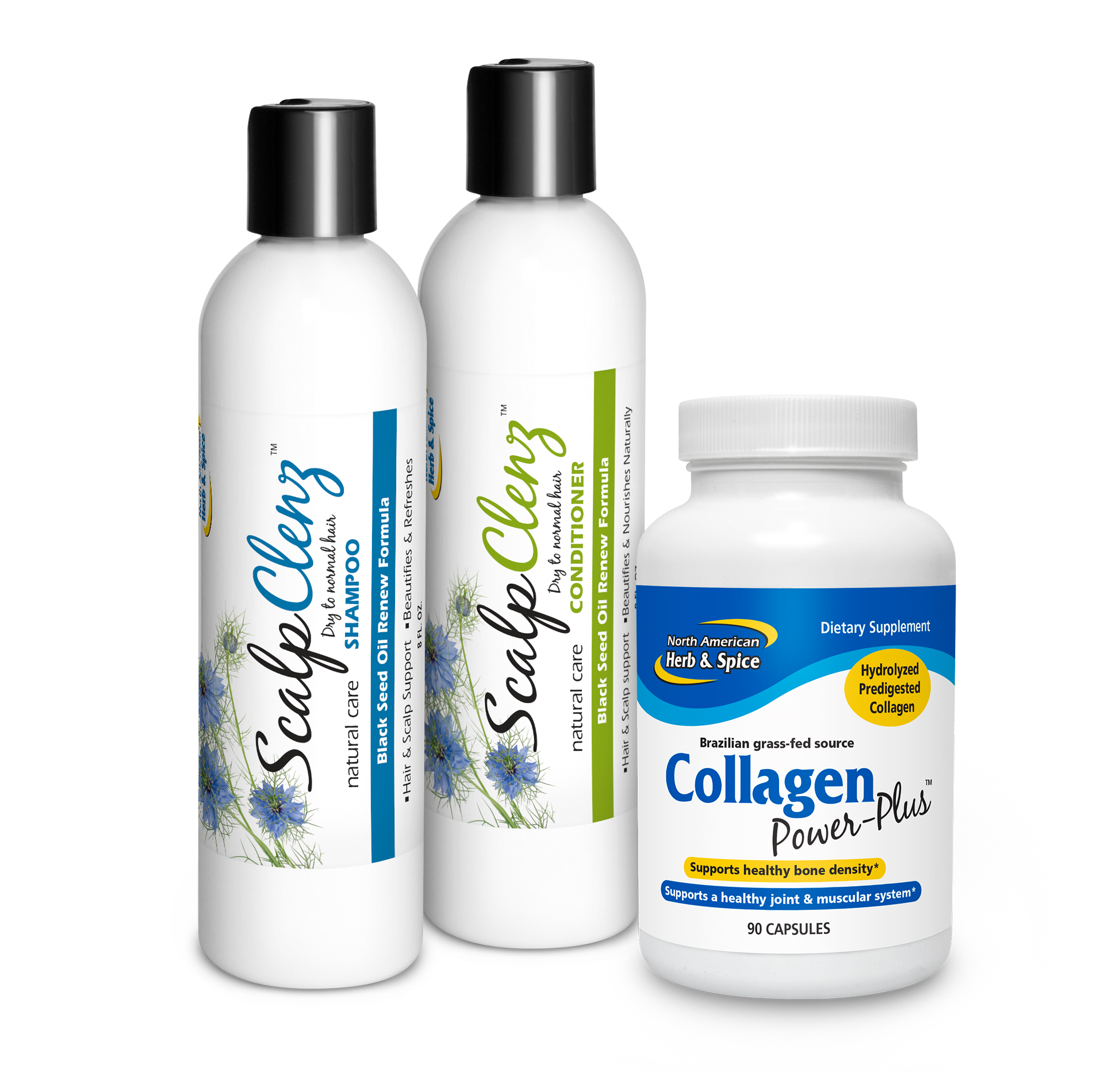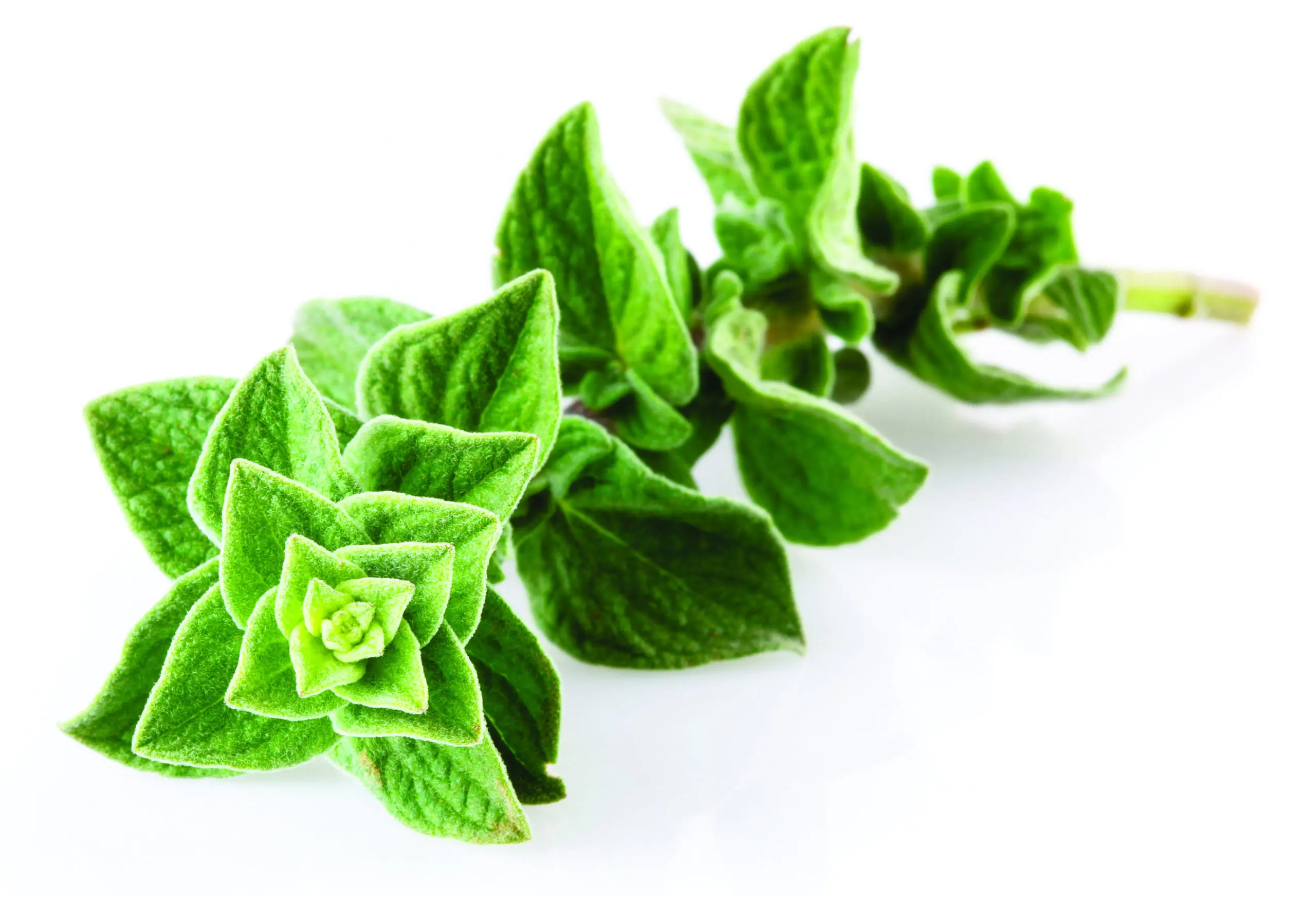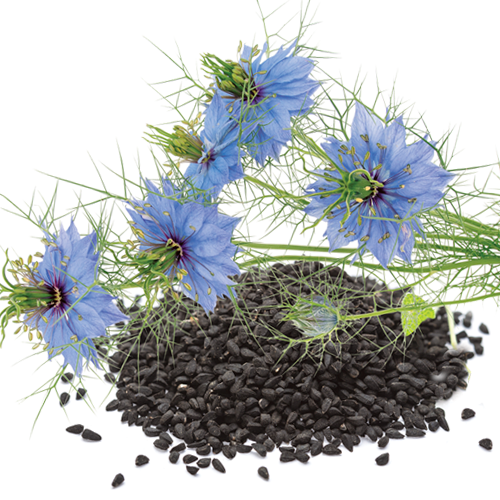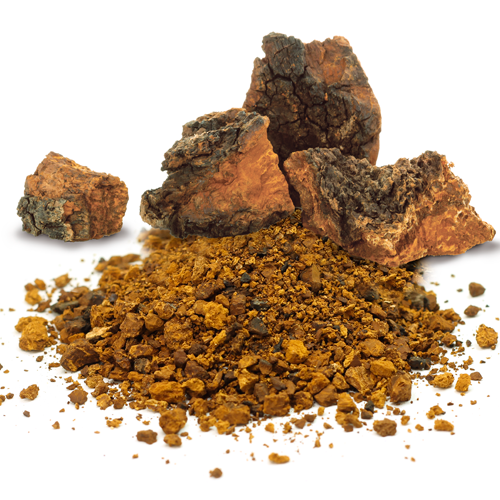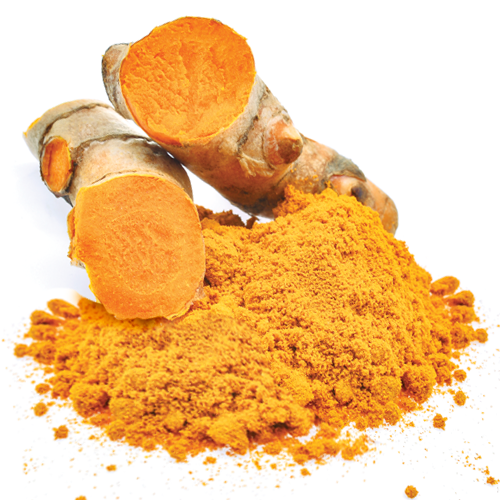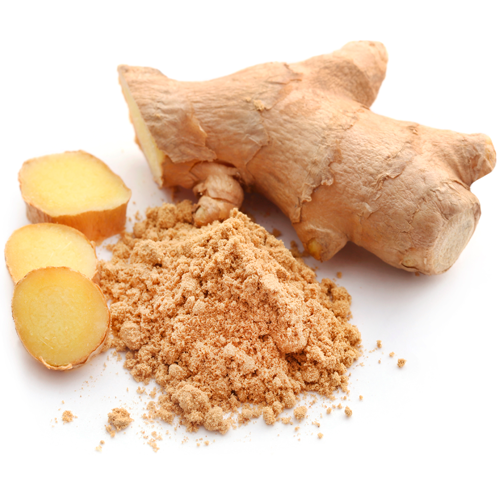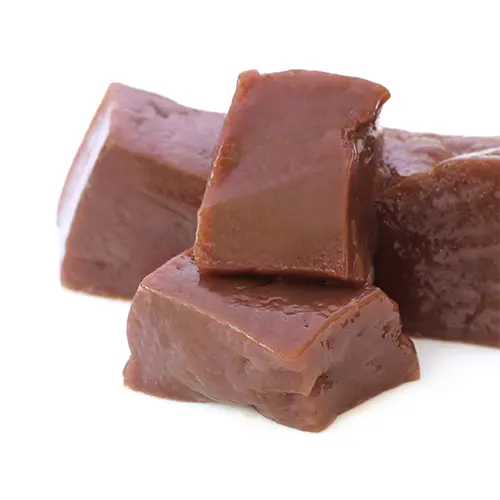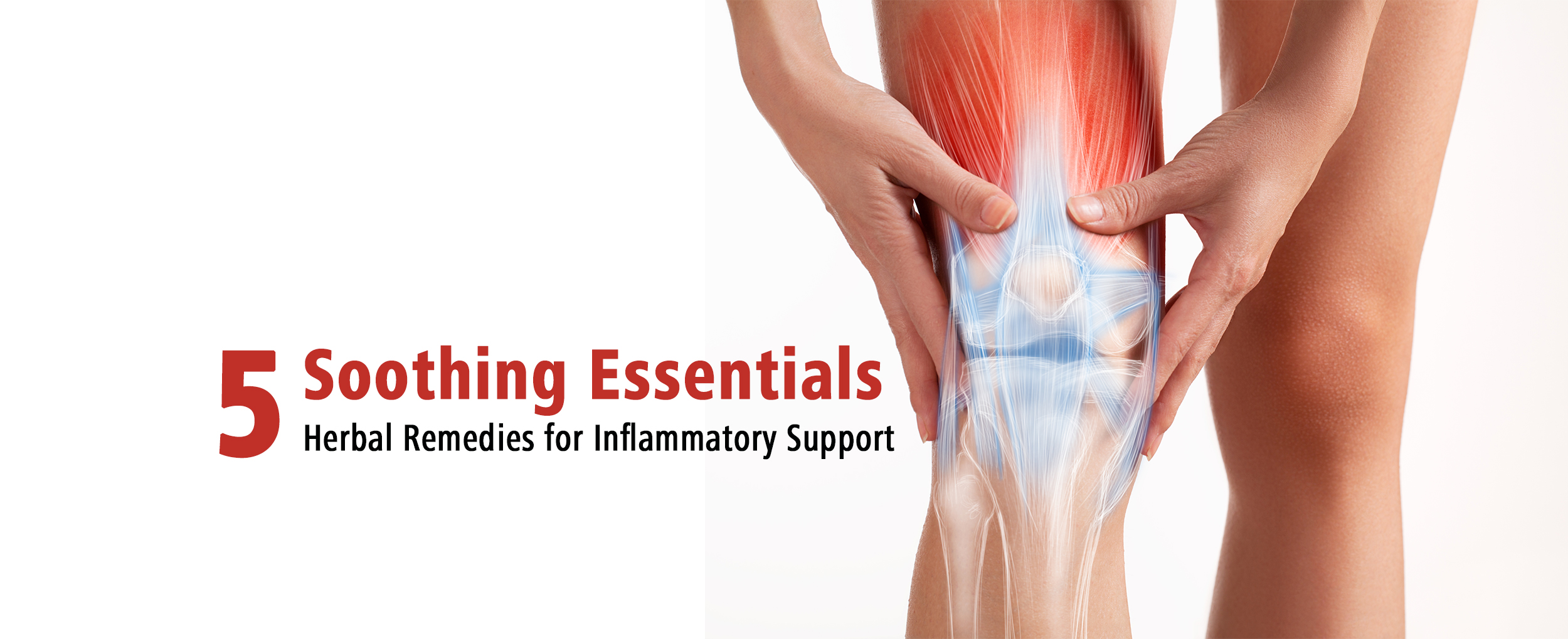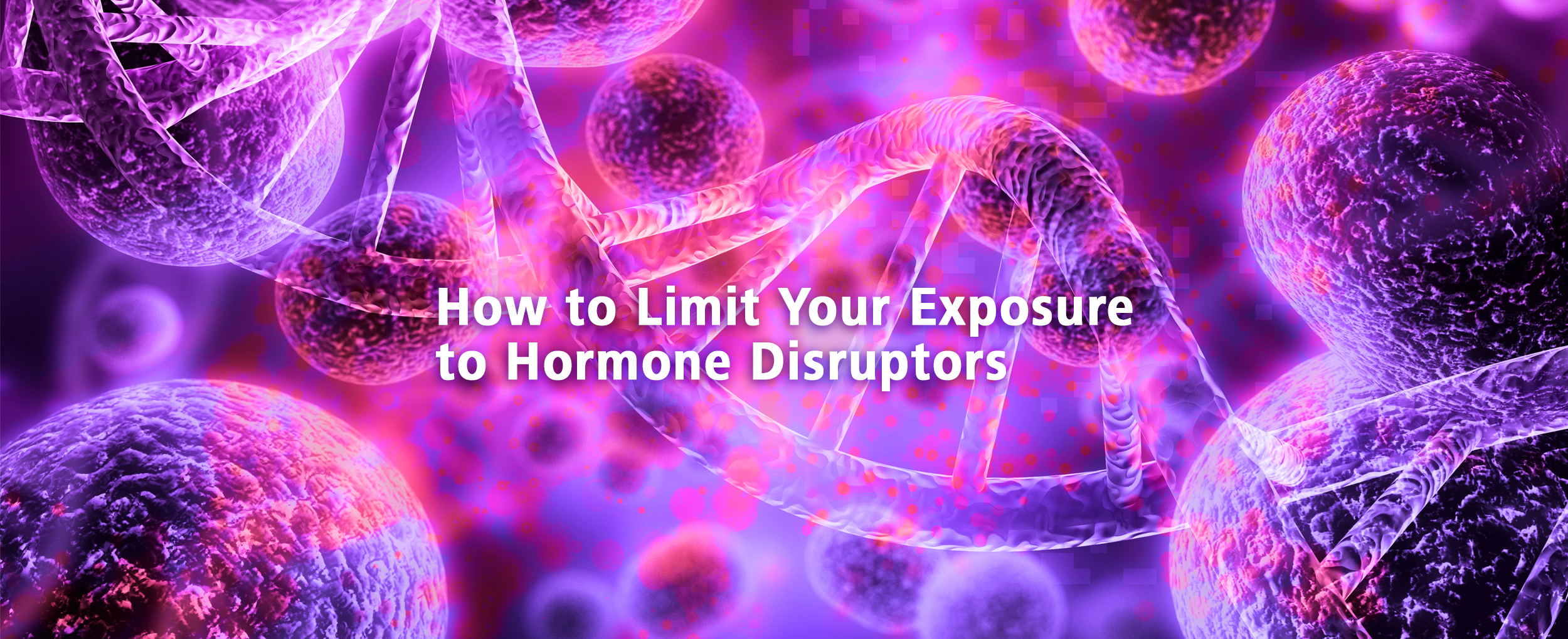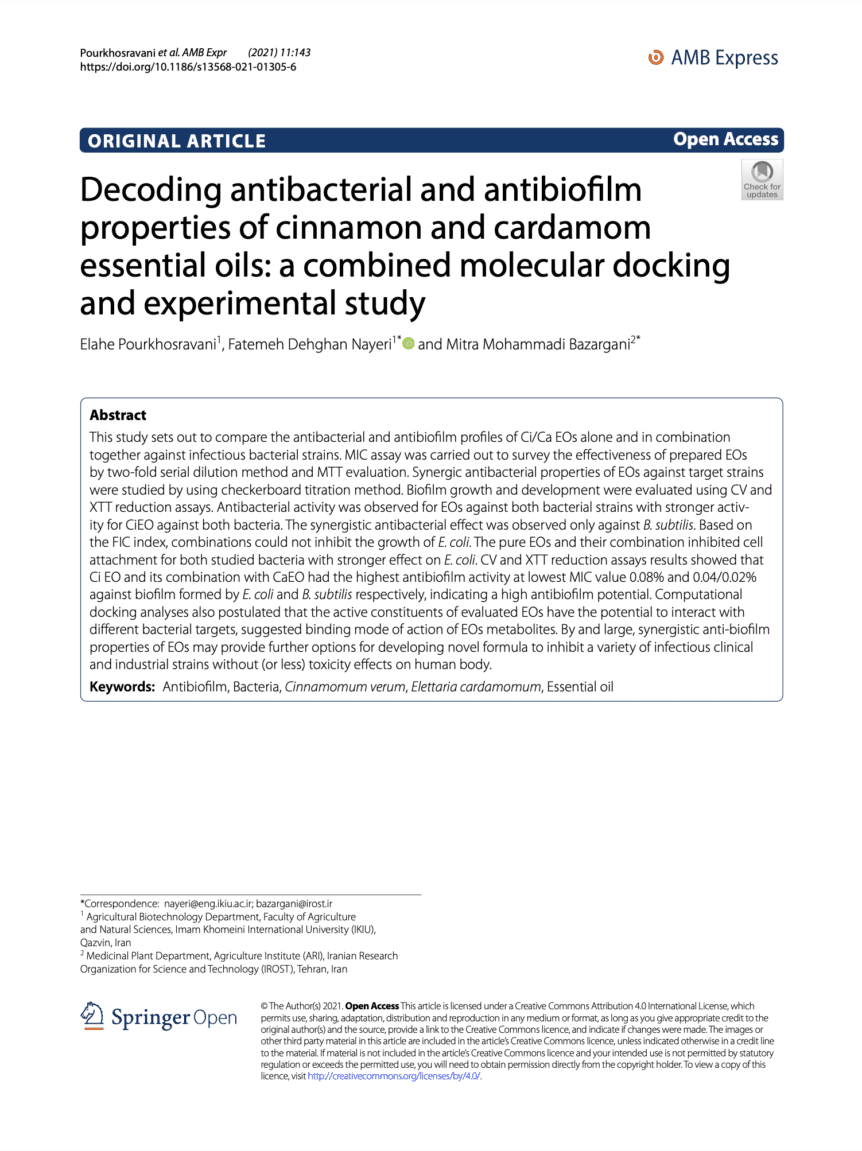
Decoding antibacterial and antibiofilm properties of cinnamon and cardamom essential oils: a combined molecular docking and experimental study
This study sets out to compare the antibacterial and antibiofilm profiles of Ci/Ca EOs alone and in combination together against infectious bacterial strains. MIC assay was carried out to survey the effectiveness of prepared EOs by two-fold serial dilution method and MTT evaluation. Synergic antibacterial properties of EOs against target strains were studied by using checkerboard titration method. Biofilm growth and development were evaluated using CV and XTT reduction assays. Antibacterial activity was observed for EOs against both bacterial strains with stronger activity for CiEO against both bacteria. The synergistic antibacterial effect was observed only against B. subtilis. Based on the FIC index, combinations could not inhibit the growth of E. coli. The pure EOs and their combination inhibited cell attachment for both studied bacteria with stronger effect on E. coli. CV and XTT reduction assays results showed that Ci EO and its combination with CaEO had the highest antibiofilm activity at lowest MIC value 0.08% and 0.04/0.02% against biofilm formed by E. coli and B. subtilis respectively, indicating a high antibiofilm potential. Computational docking analyses also postulated that the active constituents of evaluated EOs have the potential to interact with different bacterial targets, suggested binding mode of action of EOs metabolites. By and large, synergistic anti-biofilm properties of EOs may provide further options for developing novel formula to inhibit a variety of infectious clinical and industrial strains without (or less) toxicity effects on human body.

